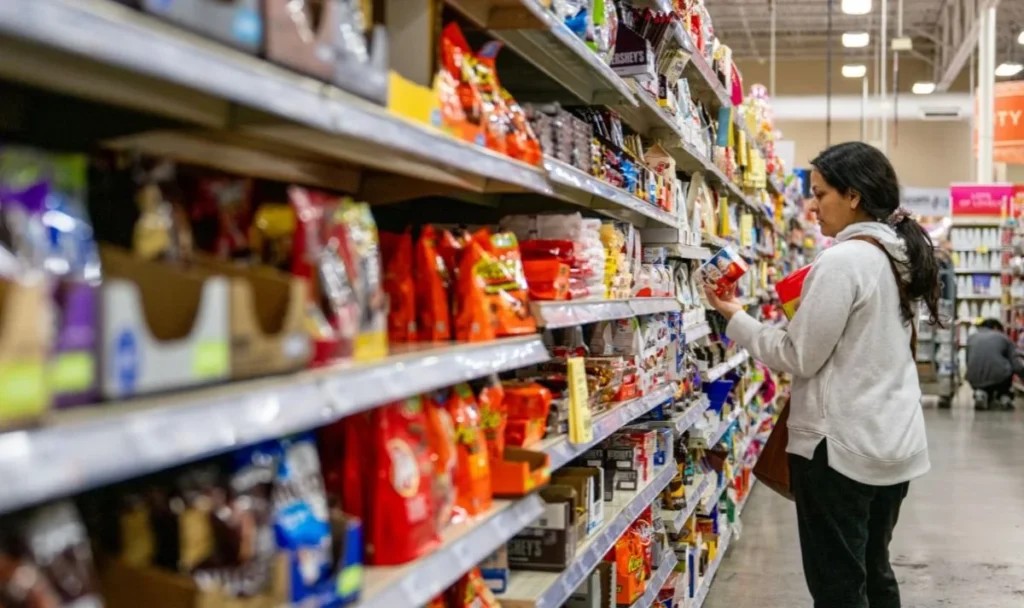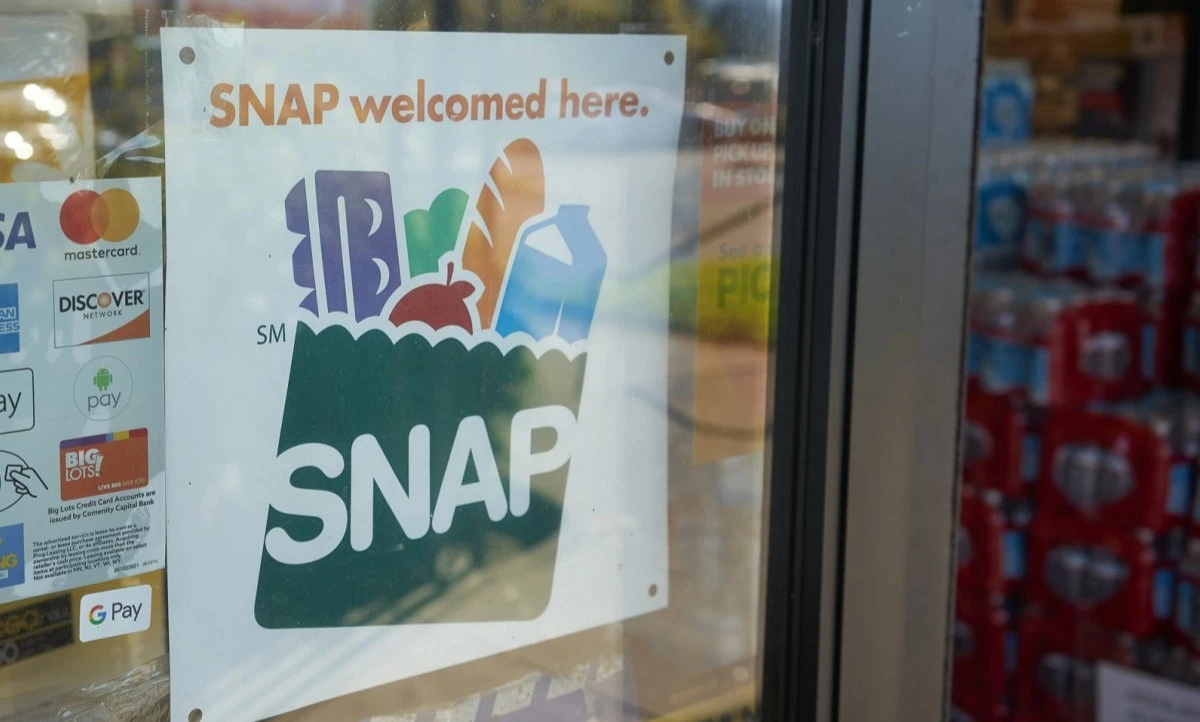Six U.S. states are taking a major step to limit what people can buy with food stamps. Starting in 2026, processed foods like soda, candy, and desserts will no longer be covered under the Supplemental Nutrition Assistance Program (SNAP). Officials say the move is part of a nationwide effort to make healthier eating more affordable and reduce diet-related diseases.
What SNAP Actually Does
SNAP, once called the food stamp program, helps low-income households buy groceries. Benefits are given through an EBT card that works like a debit card in most grocery stores. The program is run by the U.S. Department of Agriculture (USDA) and supports more than 42 million Americans each month, including families, seniors, and people with disabilities. Eligibility is based on income, household size, and expenses. For many, SNAP is a lifeline that makes sure there’s food on the table each day.
Which States Are Adding Restrictions

Six more states were approved to restrict what foods can be bought with SNAP Texas, Oklahoma, Louisiana, Colorado, Florida, and West Virginia. Each state will have slightly different rules, but the overall goal is the same stop SNAP from covering sugary and heavily processed items. For example, Florida will block purchases of soda, candy, energy drinks, and even prepared desserts like cakes and pies. Texas and Louisiana will do the same for soda and candy, while Colorado will cut out a broader range of processed snacks. These states join six others Arkansas, Idaho, Indiana, Iowa, Nebraska, and Utah that already received approval earlier this year. By 2026, a total of 12 states will have restrictions in place.
What Foods Are Being Banned
While the rules vary by state, the most common bans include soda, candy, and high-sugar snacks. Some states are going even further. Arkansas, for example, won’t allow SNAP dollars to be spent on fruit drinks with less than 50% real juice. Iowa has approved restrictions on “taxable snack items” like chips and gum, with exceptions for seeds and plants that can grow food. The main idea is to cut down on foods that add calories without nutrition.
Why the Government Is Making These Changes
This push comes under a campaign called “Make America Healthy Again,” led by Health and Human Services Secretary Robert F. Kennedy Jr. and Agriculture Secretary Brooke Rollins. Officials say SNAP dollars should not go toward foods that drive up rates of diabetes, heart disease, and obesity. Kennedy has argued that taxpayers shouldn’t be subsidizing soda and candy, especially when children are among the biggest SNAP users. FDA Commissioner Dr. Marty Makary added that shifting benefits toward healthier options could improve long-term public health.
When Will the New Rules Start
The six newly approved states will begin enforcing restrictions in 2026. The states that got approval earlier this year will roll out their bans starting late 2025 into early 2026. Florida’s program, for example, begins on January 1, 2026, and will run as a pilot for two years to measure results. This means that within the next year, millions of SNAP recipients will notice changes at the checkout line.
What This Could Mean for the Future
Supporters believe these changes will help families spend their SNAP dollars on real food fruits, vegetables, grains, and proteins rather than empty-calorie items. But critics worry it could create confusion and frustration for shoppers, especially in communities where healthy food options are already limited. Either way, the changes mark one of the biggest shifts to SNAP in years. With 12 states already on board, more may soon follow. The debate over food choices and government policy is just getting started.



